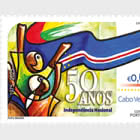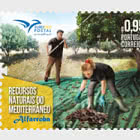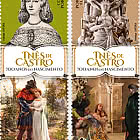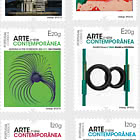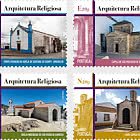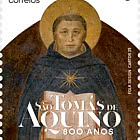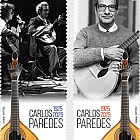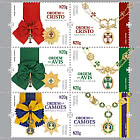Cante Alentejo, Canto às Vozes or simply Cante, is a style of choral singing whose sole musical instrument is the human voice. Associating music with poetry, it is interpreted irrespective of gender or age.
Its interpreters perform either in organised groups or informally. In its more organised form, choral groups or ranchos can be men only, women only or mixed, adults, children or young adults, or all ages. Informally, it is sung in public or in private at various occasions and events, as in the case of Cante em Taberna (sung in taverns).
It is through Cante that the modas are interpreted – poetic texts traditionally comprised of two stanzas that are almost always linked by a leixa-pren (a stylistic device typical of medieval lyric-poetry from the Iberian Peninsula). Associated with the moda is the cantiga, generally a traditional or popular stanza with four verses. The interpretative canon alternates between the cantiga and the moda. A call and response sequence is developed between the soloist or ponto and the chorus or baixos, while the soloist is introduced by another singer called the alto.
Asagenre, isassociatedwithSouthernPortugal,especiallythe Baixo Alentejo region. Today, however, its geography extends beyond its historical region. It is found in the Algarve, in coastal, central and upper Alentejo and in the peripheries of the cities of Setúbal and Lisbon.
Scholars have differing views on its origins: pre-Roman, Mozarab, Arab, Christian, Jewish or even a result of the presence of African slaves. What can be said for certain is that the genre evolved over the course of the 20th century by freeing itself of the chordophone (viola de Beja) and by continuing the tradition of singing without instrumentation in Central Alentejo. Its call and response mode of interpretation appears to be associated with the evolution in the 18th century of singing in honour of St. John the Baptist and in traditional theatre associated with the Ciclo dos 12 Dias (the period between Christmas Day and Epiphany during which traditional Christmas songs are sung). In a number of villages bordering Spain, a medieval festival named As Santas Cruzes (Holy Crosses) or Invenção da Santa Cruz (Invention of the Holy Cross), is associated with choral singing, an example of which is Vila Nova de São Bento, where formal groups and/or groups formed in school projects continue to sing the ancient forms of popular piety. Aesthetically, in terms of dress and ornamentation, choral groups can be categorised into ethnographic groups, such as Grupo Coral e Etnográfico da Casa do Povo de Serpa (1928), Grupo Coral e Etnográfico Misto Alma Alentejana de Peroguarda (1936), Grupo Coral e Etnográfico Os Camponeses de Vale de Vargo (1968), Grupo Coral e Etnográfico Amigos do Alentejo, in Feijó (1986), and Grupo Coral e Etnográfico da Casa do Povo de Brinches; industry-associated groups, like the one from the Aljustrel mining complex, Grupo Coral do Sindicato dos Mineiros de Aljustrel [1926/1947]; or groups that emulate the orpheonic movement, as typified by Grupo Coral Feminino de Cantares das Alcáçovas (2001). Groups composed of younger members, such as Grupo Coral Os Mainantes, in Pias (2014), choose to wear simpler garments.
On 27 November 2014, Cante Alentejano was inscribed on UNESCO’s Representative List of Intangible Cultural Heritage. As a Heritage of Humanity, Cante now lives in a new era where the local meets the global. And it is in this encounter that its contemporaneity is now being played out. Like few other musical genres, Cante has always known how to reinvent itself while being traditional. And it is in this crossover of the old and the new that Cante springs forth, and with it, the entire identity of Alentejo.
Paulo Lima Casa do Cante







